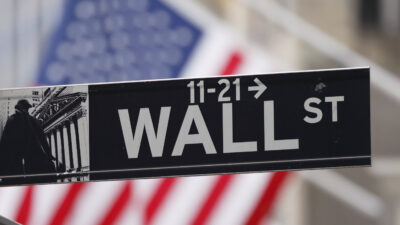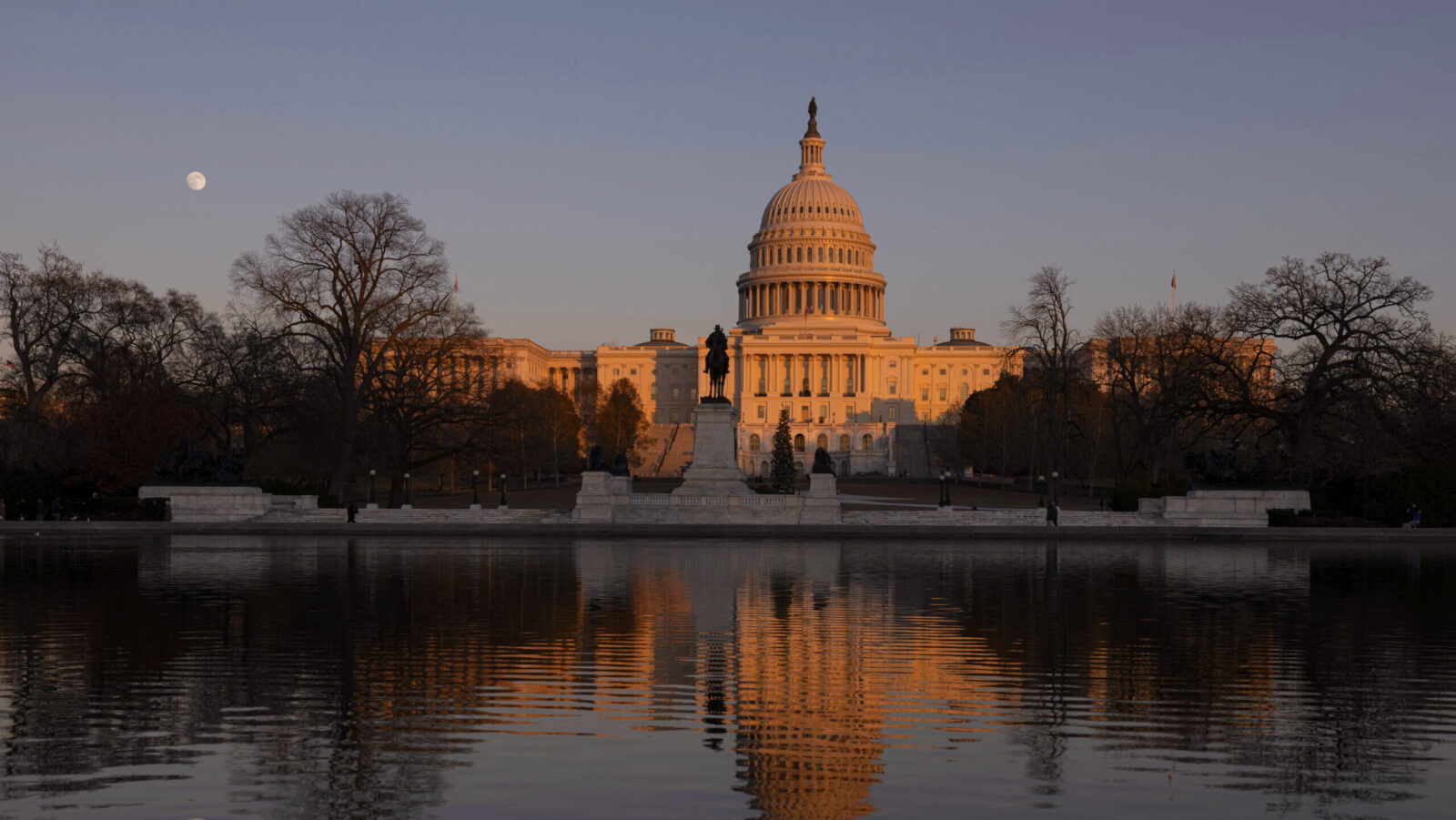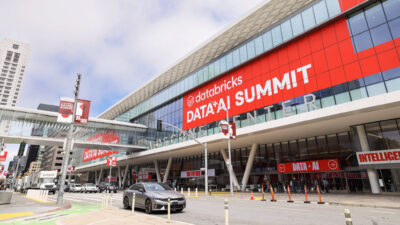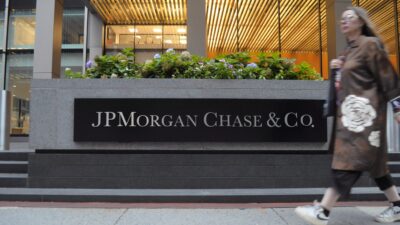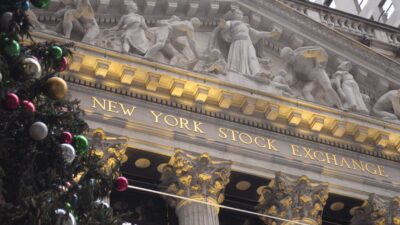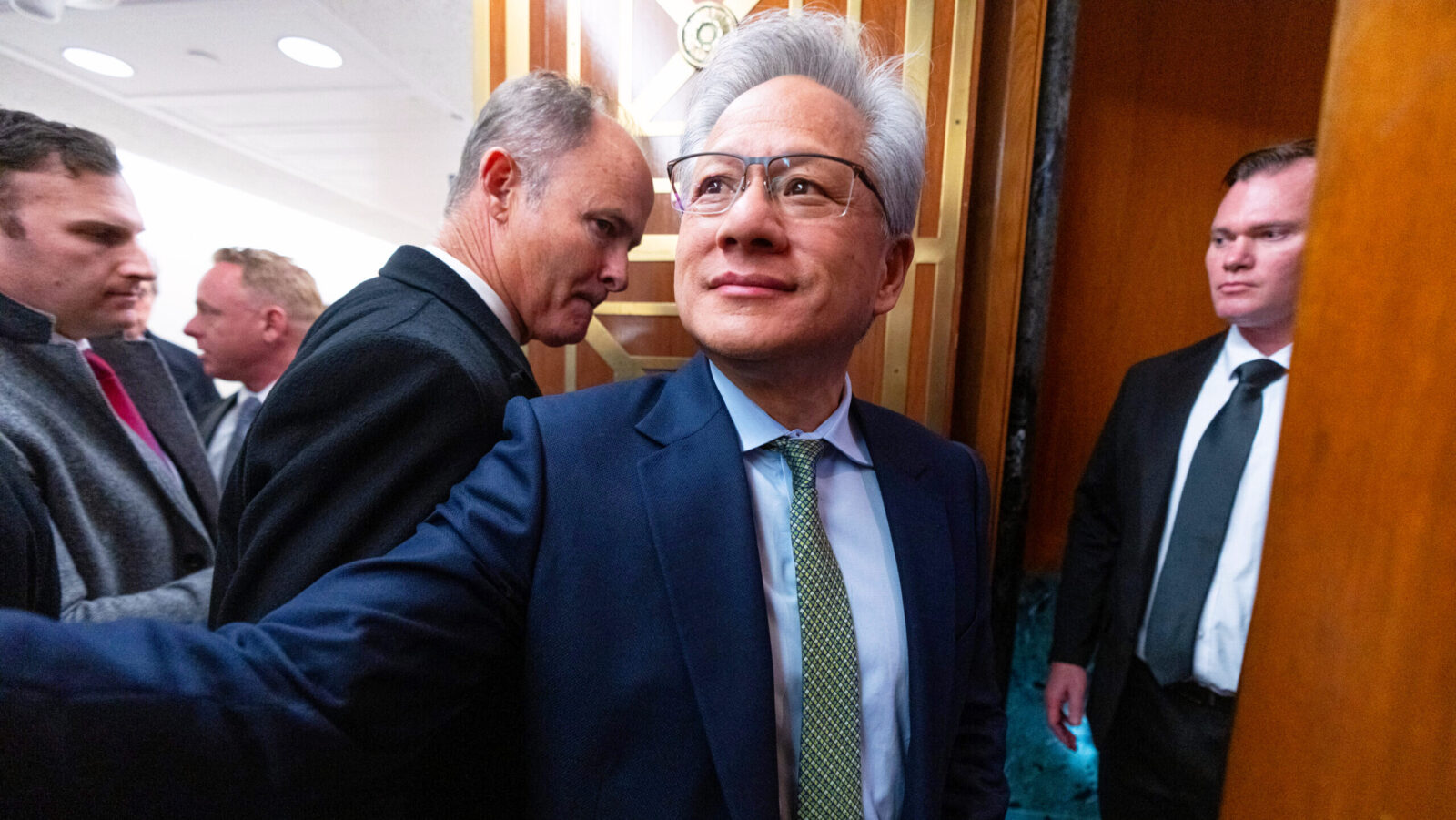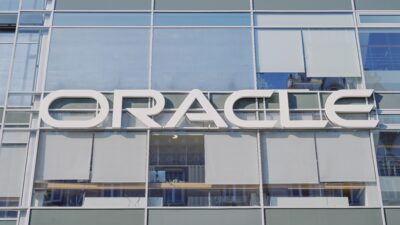Is There Life After AI for Big Software?
It’s not quite code-blooded murder, but shares of software companies like Adobe and Workday have been beaten to a bloody pulp.

Sign up for smart news, insights, and analysis on the biggest financial stories of the day.
It’s not quite code-blooded murder, but shares of software companies have been beaten to a bloody pulp.
Companies in the sector on both sides of the Atlantic were greeted with steep selloffs to begin the week, with one analyst’s downgrade of Adobe — offered with the assessment that “AI is eating software” — escalating jitters about the potential for artificial intelligence to do to Photoshop what Photoshop’s digital tools did to the gouache paint, kneaded erasers, charcoal sticks, and airbrushes once commonly used to make photo alterations.
Rise of the Machine Helpers
The domino effect kicked off Monday, after Melius Research analyst Ben Reitzes downgraded Adobe shares to sell from hold, slashing his target price from $400 to $310 in the process. The company’s shares currently trade at $338.
Reitzes wrote that software companies are at significant risk of losing out as AI becomes increasingly able to perform tasks automatically that humans currently use the firms’ products to do. Real-world examples, he said, include “the rise of [AI interface design firm] Figma, [AI graphic design firm] Canva, and [AI multimedia design firm] Runway and others who are taking market share as they become better capitalized.” He’s not the first to note that AI agents could make traditional software interfaces obsolete. Researchers at Alix Partners earlier this year described what software companies are undergoing as a “big squeeze,” noting they are faced with “nimble, AI-native entrants that can replicate applications at a fraction of the cost” on one side and “tech behemoths … pouring billions into the AI arms race” on the other. This week, investors’ underlying jitters about the whole sector rose to the surface:
- On Monday, Adobe slipped 0.25%, Salesforce, 2.6%; Intuit, 5.5%; and Workday by 3.5%. Tuesday was Europe’s turn, as Germany’s SAP and Nemetschek fell 4% and 11%, respectively, France’s Dassault Systèmes, 2.4%; and the UK’s Sage by 4.7%.
- Despite these fears, Adobe beat earnings expectations in its latest quarter, raised its annual outlook, and has invested in building its own AI platform and offerings. It just hasn’t been enough for investors. Notably, Adobe’s remaining performance obligation (RPO), a key growth metric that tracks expected future revenue based on contracts, was flat at $19.7 billion in Q2, below expectations. Overall, Adobe shares have tumbled 23.9% this year, trailing both the broader S&P 500’s 9.6% gain and the industry-specific iShares Expanded Tech-Software Sector ETF’s advance of 8.3%.
Mind you, it’s not all analyst doom and gloom: Goldman Sachs estimates the integration of Adobe’s generative AI-backed and brightly named Firefly app could add over $4 billion to the company’s addressable market, and sees a bullish 70% upside for Adobe shares in the next year.
Where it Hurts the Most: Under the greatest pressure are mid-sized software companies with fewer resources than Adobe’s $21 billion in annual revenue. Alix Partners analyzed 122 publicly listed enterprise software companies with under $10 billion in revenue and found the number of high-growth companies fell to 39% in 2024 from 57% in 2023. They forecast only 27% will remain that way in 2025. “We believe many mid-size enterprise software companies will face threats to their survival over the next 24 months,” the firm wrote in an April report.

